Disclosure: This article contains affiliate links. We may earn a commission from purchases at no extra cost to you, which helps our travel content.
The Gobi Desert stretched before me like a living, breathing entity—a vast tapestry of ochre, sienna, and gold that seemed to shift with each passing cloud shadow. At 59, I've witnessed the birth of countless babies and the formation of countless families, but nothing quite prepares you for the ancient, primordial feeling of standing at the edge of Mongolia's greatest wilderness. My journey as a midwife taught me to respect natural forces beyond our control; the Gobi demands that same reverence. This isn't merely a vacation destination—it's an expedition into one of our planet's most extreme environments, where temperatures swing wildly between scorching days and near-freezing nights, where nomadic traditions have survived millennia, and where the delicate desert ecosystem teeters on the edge of climate-induced transformation. For those seeking the ultimate adventure—one that combines luxury accommodations with raw, untamed wilderness—this 10-day itinerary will guide you through an experience that will forever alter your perception of our magnificent Earth.
Preparing for the Extremes: Essential Gear and Mindset
Before setting foot in the Gobi, understand that this journey requires both physical preparation and mental fortitude. Having spent three decades helping women through the extremes of childbirth, I've learned that preparation is everything when facing nature's raw power.
Your packing list must address the desert's dramatic temperature fluctuations. Daytime temperatures can soar above 100°F (38°C), while nights might plummet near freezing—even in summer. I layer religiously, starting with moisture-wicking base layers, adding insulating mid-layers, and finishing with a quality down jacket that compresses easily in my pack during hot afternoons.
Water management is non-negotiable. While luxury expeditions provide purified water, I always carry my water purification system as backup. This isn't just practical—it's environmental stewardship in a fragile ecosystem where plastic waste has no place.
Footwear deserves special attention. The Gobi's terrain varies dramatically from soft sand dunes to sharp, rocky outcroppings. My trusted hiking boots with ankle support have saved me from potential injuries multiple times when exploring fossil sites at Bayanzag. Break them in thoroughly before your trip—the middle of the Gobi is no place to discover hot spots or blisters.
Perhaps most importantly, pack a respectful mindset. The Gobi isn't simply a landscape; it's home to nomadic families with traditions dating back centuries. As a student of indigenous healing practices throughout my midwifery career, I've learned that approaching these encounters with genuine curiosity rather than a tourist's gaze makes all the difference.

💡 Pro Tips
- Pack clothing for temperature swings of 40°F (22°C) between day and night
- Bring a medical kit with electrolyte packets and blister treatment
- Consider prescription medications for altitude adjustment if sensitive
The Three Faces of the Gobi: Dunes, Canyons, and Steppes
The Gobi defies singular description—it's not merely an endless sea of sand, but rather a complex mosaic of distinct ecosystems. After numerous journeys to plateau landscapes across five continents, I can confidently say the Gobi offers some of Earth's most dramatic geological diversity in a single region.
Our expedition begins at the Khongoryn Els sand dunes, affectionately called the 'Singing Sands' for the haunting melody they create when wind passes over their crests. These towering dunes rise nearly 1,000 feet, creating an otherworldly landscape that shifts constantly with the desert winds. I recommend climbing at sunrise when the sand is cool enough for bare feet and the play of light creates a photographer's paradise. The ascent is challenging—two steps forward, one sliding back—but the panoramic view from the ridge rewards every labored breath.
From the dunes, we journey to Yolyn Am (Vulture's Mouth), a dramatic canyon cutting through the Gurvan Saikhan Mountains. Despite being in the desert, this gorge historically contained ice year-round until climate change altered its delicate balance. As we hike the narrow passages, our local guide points out rare medicinal plants clinging to life in this harsh environment—knowledge that resonates with my background in traditional healing practices. The canyon walls provide blessed shade during midday heat, making this the perfect lunch location.
The third face of the Gobi emerges as we travel to the northern steppes, where the desert gradually yields to grasslands. This transition zone supports nomadic herder families and their resilient livestock—Bactrian camels, goats, and the famous Mongolian horses. Here, we spend a night in a luxury ger camp, where traditional architecture meets modern comfort. Under impossibly bright stars, I listen to throat singing performances that seem to channel the very spirit of this ancient landscape.

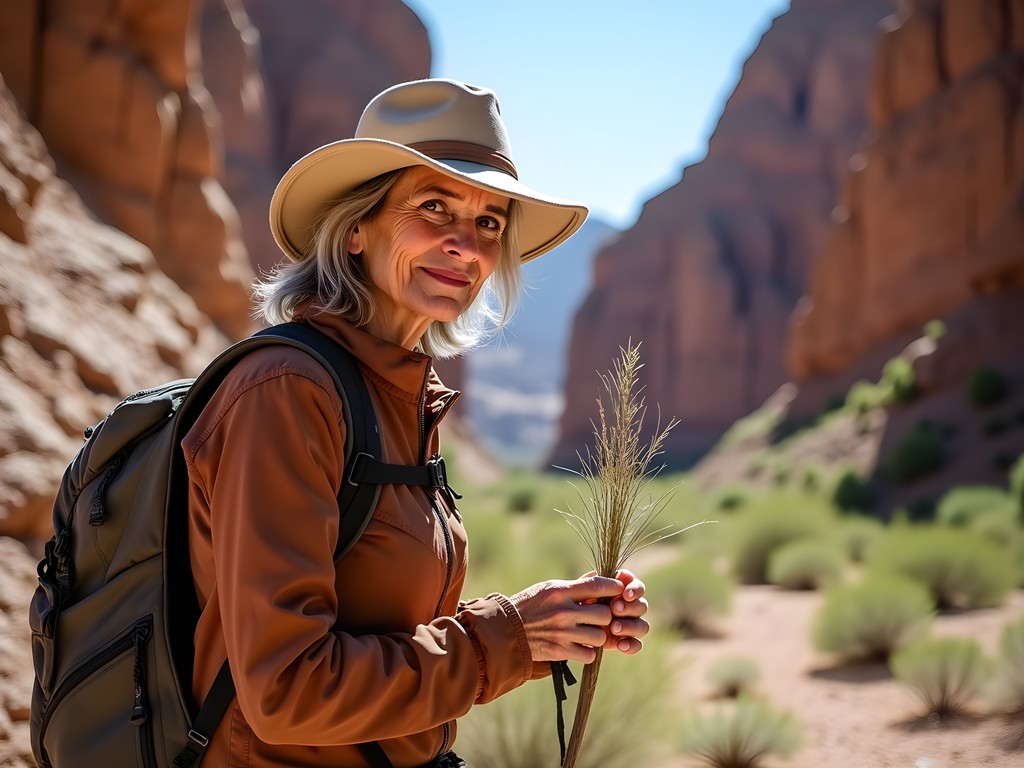
💡 Pro Tips
- Visit dunes at sunrise or sunset for both photography and comfortable temperatures
- Bring binoculars for spotting elusive wildlife like gazelles and eagles
- Learn basic Mongolian greetings to connect with local nomadic families
Cultural Immersion: Connecting with Gobi Nomads
The heart of any meaningful travel experience lies in genuine human connection, and nowhere is this more evident than in the Gobi. The nomadic families who have called this harsh landscape home for countless generations offer profound lessons in resilience, sustainability, and community care—values that resonate deeply with my own experiences as a midwife.
Our expedition includes carefully arranged visits to nomadic family camps, orchestrated through local guides with established relationships to ensure our presence is welcomed, not intrusive. These aren't staged tourist experiences but authentic glimpses into a way of life increasingly threatened by climate change and modernization.
Inside a traditional ger (yurt), I'm struck by the elegant efficiency of these portable homes—perfectly adapted to the extreme environment and nomadic lifestyle. The central stove provides warmth during frigid nights while the collapsible structure can be dismantled and transported when seasons change or pastures are depleted. Every element serves multiple purposes—a lesson in sustainable living that puts our wasteful Western practices to shame.
Perhaps most memorable are the shared meals. Dairy products form the cornerstone of the Mongolian nomadic diet, transformed into an astonishing variety of foods. I sample airag (fermented mare's milk), various hard cheeses, and milk tea offered with unfailing hospitality. As someone who has counseled countless new mothers on nutrition, I'm fascinated by the ingenious ways these families derive complete nutrition from limited resources.
Communication transcends language barriers through our guide's translations, shared laughter, and the universal language of respect. I bring small, thoughtful gifts—photographs from previous visits, high-quality notebooks, or practical items like solar lanterns that support their lifestyle without creating dependency. These exchanges become windows into different ways of knowing and being in the world.

💡 Pro Tips
- Learn about appropriate gifts before visiting nomadic families—practical items are appreciated
- Ask permission before photographing people or their homes
- Remove shoes when entering a ger and accept food with your right hand
Navigating the Fossil Trail: Bayanzag's Flaming Cliffs
Standing at the edge of Bayanzag's Flaming Cliffs as the setting sun ignites their ruddy surface to a brilliant crimson, I feel the weight of time in a way that few other places on Earth evoke. This is hallowed ground in the scientific world—the site where Roy Chapman Andrews discovered the first dinosaur eggs in 1923, forever changing our understanding of these magnificent creatures.
Our expedition includes a full day exploring this paleontological treasure trove with an expert guide from the Mongolian Academy of Sciences. While tourists snap quick photos and leave, our luxury itinerary allows us to witness the methodical work of ongoing excavations. The scientists' passion is contagious as they explain how new fossils continue to emerge after rainstorms erode the ancient sediment.
I'm reminded that geology and climate are inseparable stories—these fossils tell tales of a much different Mongolia, one with lush forests and flowing rivers rather than arid desert. As someone who has documented climate-sensitive regions for years, I see Bayanzag as both a window to the past and a warning about our planet's fragility.
The photography opportunities here are unparalleled, particularly during the golden hour when the cliffs truly earn their 'flaming' moniker. My telephoto zoom lens captures incredible details of the striated cliff faces and fossil fragments, while a wider lens documents the sweeping landscape. As the light fades, our guide leads us to a private sunset dinner arranged atop the cliffs—white tablecloths and fine wines contrasting beautifully with the rugged surroundings.
After dinner, we retreat to our luxury ger camp positioned with perfect views of the cliffs. Unlike basic tourist accommodations, these spacious structures feature en-suite bathrooms, heating systems, and comfortable king beds draped with cashmere blankets—the ideal blend of traditional architecture and modern comfort after a day of scientific exploration.
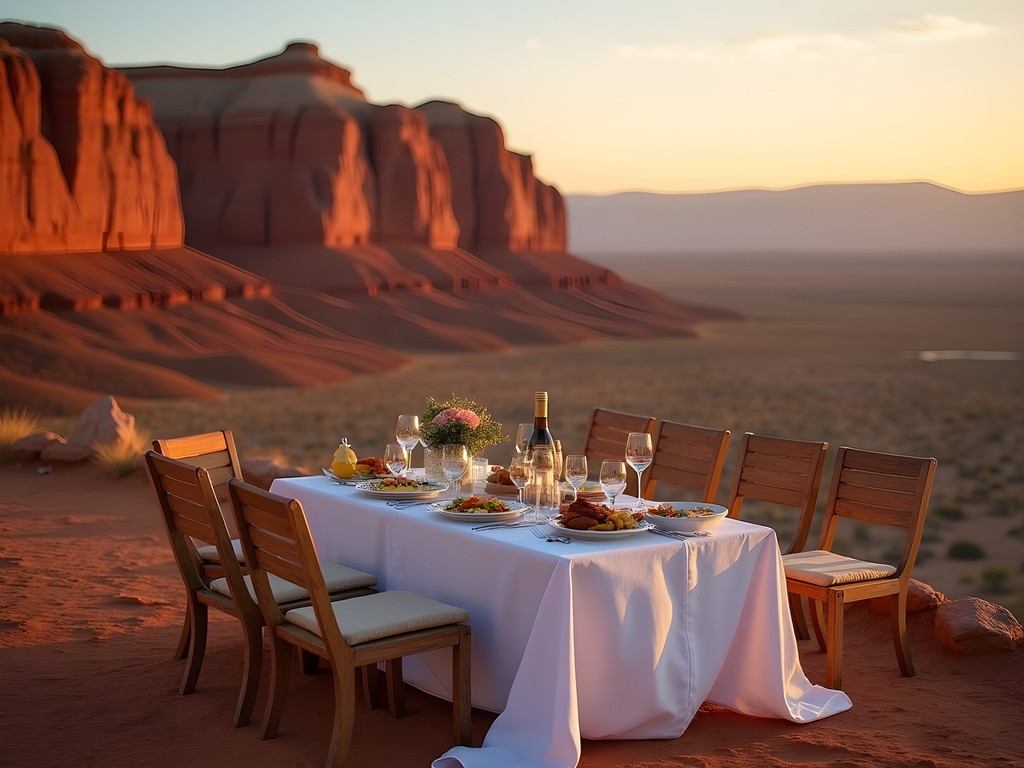
💡 Pro Tips
- Bring a small brush to help clean sand from any visible fossils (but never remove them)
- Visit Bayanzag twice if possible—morning for scientific exploration and evening for photography
- Pack a headlamp for navigating the camp after the spectacular stargazing sessions
Sustainable Luxury: Eco-Conscious Expedition Practices
Luxury and environmental responsibility need not be mutually exclusive—a philosophy I've embraced throughout my travels to fragile ecosystems worldwide. Our Gobi expedition exemplifies this balance through thoughtfully designed experiences that minimize impact while maximizing comfort and cultural authenticity.
Our accommodations range from premium ger camps to the occasional luxury lodge, each selected for their commitment to sustainable practices. The best operations employ local staff, source ingredients from nearby herding families, and implement water conservation systems crucial in this arid environment. My favorite camp uses solar power for most energy needs, composting toilets that conserve precious water, and provides guests with refillable insulated water bottles to eliminate single-use plastics.
Transportation presents the greatest environmental challenge in the Gobi. While our expedition uses necessary 4WD vehicles to navigate difficult terrain, we consolidate travel days and incorporate multi-night stays to reduce fuel consumption. Several camps offer horseback riding or camel trekking options for shorter excursions—experiences that connect us more intimately with the landscape while reducing our carbon footprint.
Most importantly, our itinerary includes direct contributions to conservation efforts. We spend one afternoon with researchers from the Gobi Bear Project, learning about their work to protect the critically endangered Mazaalai bear—fewer than 40 remain in the wild. A portion of our expedition fee supports their monitoring programs and habitat preservation efforts.
As a midwife who has witnessed the miracle of new life thousands of times, I feel a profound responsibility to ensure these wondrous landscapes remain intact for future generations. Luxury travel, when done mindfully, can actually support conservation through economic incentives that make preservation more valuable than exploitation. I encourage my fellow travelers to ask hard questions about environmental practices before booking and to demand the highest standards of sustainability alongside their comfort.

💡 Pro Tips
- Choose operators who employ local guides and staff from nearby communities
- Pack biodegradable soap and shampoo for camps with limited water treatment
- Consider carbon offsetting for your flights to and from Mongolia
Final Thoughts
As our expedition helicopter lifts off from the Gobi, I press my palm against the window, a final farewell to this magnificent wilderness that has left an indelible mark on my soul. The desert's vastness now feels intimate—a landscape of stories, faces, and moments that defy the simplistic label of 'barren.' The Gobi demands respect, preparation, and mindfulness, but rewards the thoughtful traveler with experiences that transcend ordinary luxury travel. In an increasingly homogenized world, this ancient desert remains gloriously, stubbornly itself—a place where nomadic traditions continue despite modern pressures, where the night sky explodes with stars undiminished by light pollution, and where the very ground beneath your feet might hold dinosaur fossils waiting to be revealed by the next rainfall. I invite you to experience this journey not as a conquest, but as a privilege—one that carries with it the responsibility to tread lightly and advocate fiercely for the preservation of one of our planet's last great wilderness areas.
✨ Key Takeaways
- The Gobi requires thorough preparation but rewards with unparalleled geological and cultural experiences
- Luxury and sustainability can coexist through thoughtful tour operators and personal choices
- Meaningful connections with nomadic communities provide the most valuable memories of the journey
📋 Practical Information
Best Time to Visit
June to August (summer)
Budget Estimate
$6,000-$9,000 per person for 10 days (excluding flights)
Recommended Duration
8-12 days
Difficulty Level
Challenging

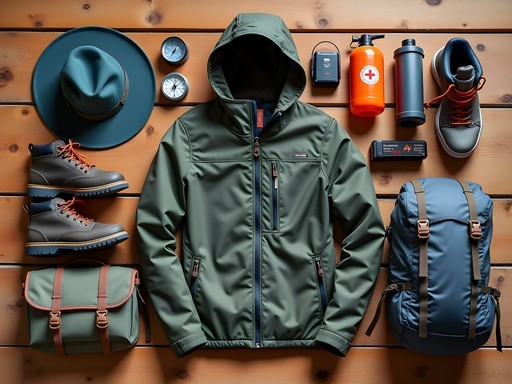

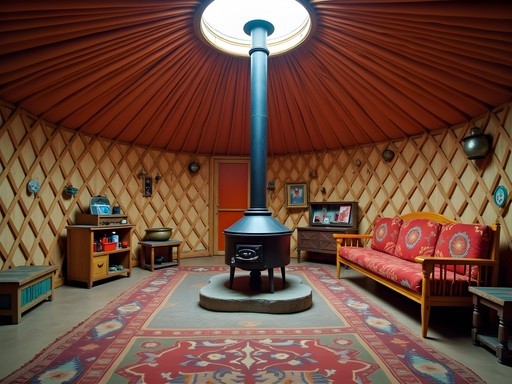
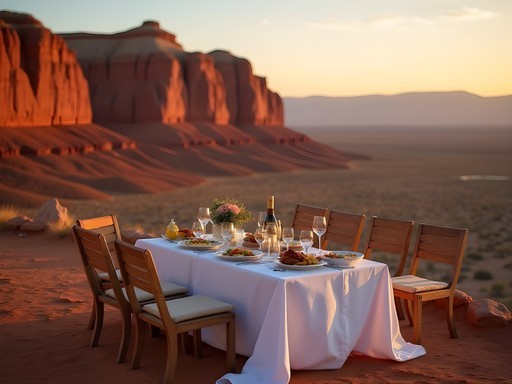
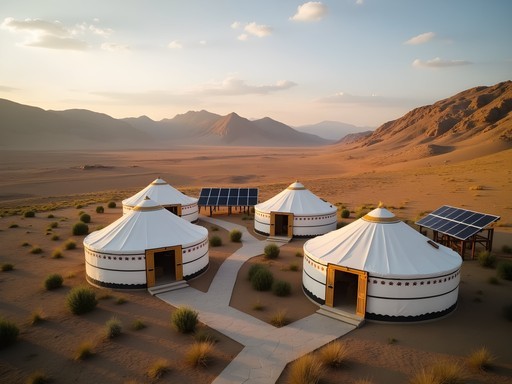








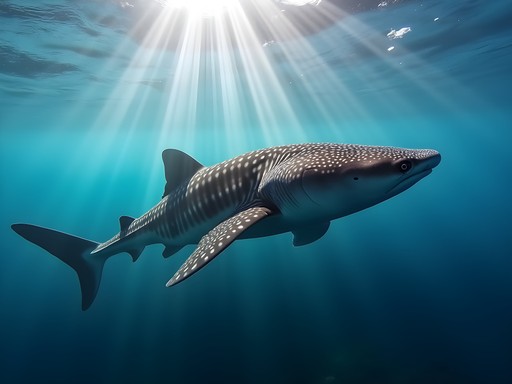
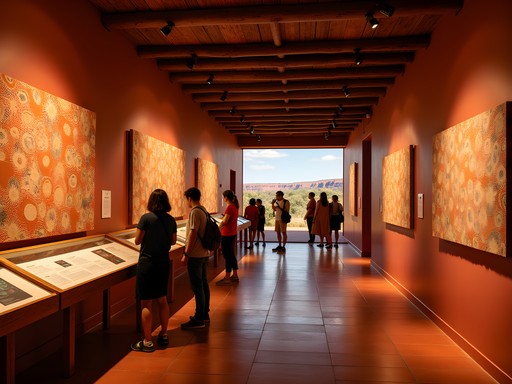
Comments
photoking
Those sunset photos at Khongoryn Els are INCREDIBLE! Adding this to my bucket list right now!
islandseeker
Is this trip doable for someone in their 60s with decent fitness but some knee issues?
Sophia Owens
Absolutely! I'm 59 and managed well. Just be upfront with your tour operator about limitations. The climbing at Flaming Cliffs might be challenging, but most operators can modify activities. Bring good knee supports and trekking poles!
Jean Wells
Sophia, as a fellow 59-year-old traveler, I appreciate your candid assessment of the physical demands. Your section on preparing for extremes is particularly valuable. I've done extensive desert trekking in the Sahara and Atacama, and the Gobi presents unique challenges with its dramatic temperature fluctuations. I found your insights on connecting with the nomadic communities especially thoughtful - so many travelers miss the cultural dimension focusing only on landscapes. One question: did you notice significant differences in how the nomadic traditions are being preserved compared to other regions? I've been tracking the impact of climate change on traditional nomadic routes across Asia.
Sophia Owens
Jean, excellent question. The Gobi nomads I met seemed to be adapting their migration patterns due to increasingly unpredictable weather. Several families mentioned staying closer to established water sources rather than following traditional seasonal routes. Cell phones have changed things too - younger nomads are more connected to urban centers while maintaining traditions. It's a fascinating balance.
sunsetblogger
How difficult was it to photograph in those conditions? I'm planning a trip primarily for photography and wondering about gear protection.
photoking
Not the author but I did a similar trip! Bring extra lens cleaning supplies and silica gel packets. I kept my camera in a sealed bag with silica when not shooting. The dust is super fine and gets everywhere!
Sophia Owens
What photoking said! Plus I found dawn/dusk shooting much easier - midday has harsh light and heat waves that distort distance shots. And be ready to work fast during golden hour - the light changes quickly!
wandertime
Just got back from a similar expedition last month! That section about the Three Faces of the Gobi is spot on. The transitions between landscapes are mind-blowing. We had a sandstorm hit while at the dunes and had to hunker down in our ger for almost 24 hours. Terrifying but also kind of awesome? Definitely bring a good dust mask if you're going during windy season. Our guide said they're seeing more unpredictable weather patterns in recent years.
Claire Hawkins
Sophia, this brought back so many memories! I took my family (including my 12-year-old twins) to the Gobi last summer, and it was transformative. The night we spent with the nomadic family near Khongoryn Els was my kids' favorite experience - they're still talking about helping herd the goats! One tip for families I'd add: bring twice as many wet wipes as you think you'll need. Sand gets EVERYWHERE, especially with kids! The temperature swings were more extreme than we expected too - our guide said it was unusually cold at night even for September.
Sophia Owens
Claire, so wonderful to hear about your family experience! Those temperature swings are something else, aren't they? And yes to the wet wipes - desert travel with kids is a whole different level of preparation!
citydiver
This looks incredible but so intimidating! Is this something a first-timer could handle or should I build up to something like this?
Sophia Owens
Thanks for asking! I'd recommend building up with shorter desert trips first. The Gobi's extremes can be challenging for beginners. Maybe try a 3-day guided tour before committing to something this intense!
citydiver
That makes sense, thanks! Maybe I'll try something in Morocco first to get my desert legs.
travelnomad
What an epic adventure! Those Flaming Cliffs photos are absolutely insane.
Riley Griffin
Sophia, your expedition guide brought back so many memories! We took our teenagers (15 and 17) to the Gobi two summers ago, and it was transformative for them. Your section on cultural immersion resonated deeply - our kids still talk about learning to milk goats with a nomadic family near Khongoryn Els. One tip for families considering this journey: the fossil hunting at Bayanzag was our kids' highlight, but bring small brushes for them to carefully expose finds (leave everything in place, of course). Also, the night skies deserve special mention - we've never seen stars like that anywhere else on Earth. My daughter actually decided to study astronomy after our Gobi nights. Would you recommend this expedition for families with younger children (under 12), or better to wait?
backpackstar
@Riley - did your teens have cell withdrawal? Thinking about dragging my 16yo nephew along but he's glued to his phone 🙄
Riley Griffin
@backpackstar First two days were rough with the phone withdrawal, not gonna lie! By day three, something magical happened - they forgot about it. The Gobi is so overwhelming to the senses that it pulls you into the present moment. By the end, they were the ones suggesting we leave devices behind for our next adventure!
desertdreamer
Just got back from the Gobi last month! Your guide is spot on. One tip for others: bring twice as many bandanas/buffs as you think you'll need. They're lifesavers during those surprise dust storms and can be soaked for instant cooling when it's 100+ degrees.
Venture X
Premium card with 2X miles, $300 travel credit, Priority Pass